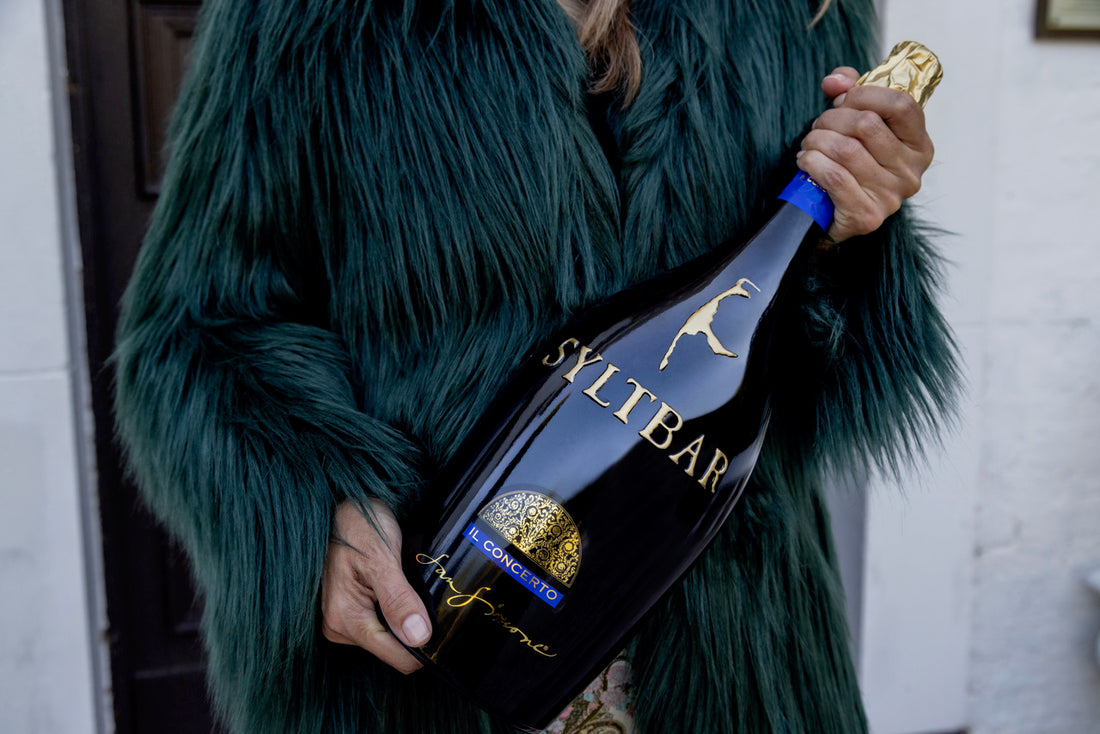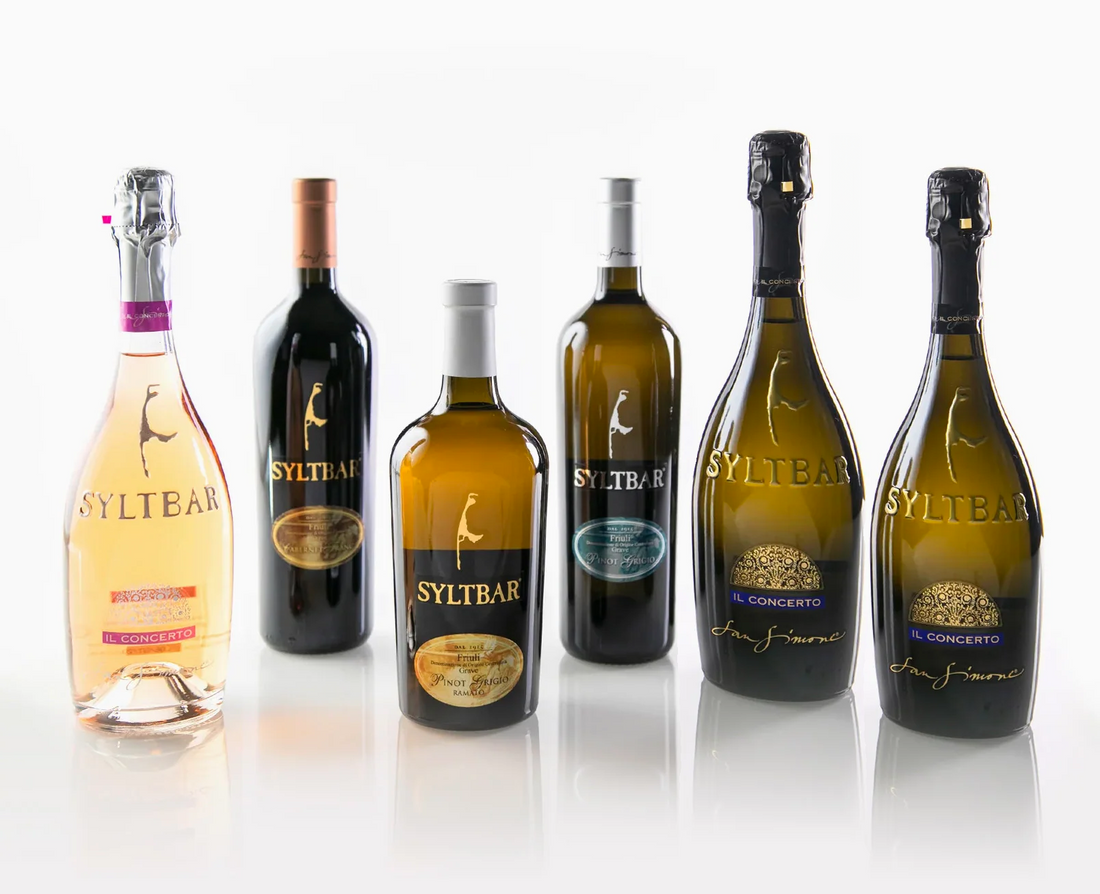The term "sulfite-free" may sound enticing to those seeking a more natural and healthier wine option. However, there's a critical truth that wine enthusiasts should understand: the concept of wine being entirely sulfite-free without any chemical intervention is, in fact, a myth.
The reality is, all wines naturally contain sulfites. Sulfites, or sulfur dioxide (SO2), are produced during the fermentation process as a natural byproduct. This means that the claim of completely sulfite-free wine is impossible. The goal is to have wines with low sulfite levels or no added sulfites, rather than none at all.
Why Are Sulfites Added to Wine?
Sulfites serve as a crucial part of winemaking. They act as antioxidants, preventing wine from spoiling and developing off-putting flavors. Sulfites also inhibit the growth of harmful bacteria and yeast, ensuring a stable and consistent final product. Without them, wine would be more prone to oxidation, microbial contamination, and spoilage.
That means that all of those big box wine companies that produce thousands upon thousands of bottles to distribute all over the world will not have a product that is stable enough to be on the shelves for very long, ruining their entire operation. This is why you will almost always find added sulfites in many mass-produced brands.
The typical amount of sulfites found in a standard bottle of wine can vary widely depending on the wine's style, production methods, and the winemaker's choices. However, as a general guideline, many wines contain sulfite levels that are well below the regulatory limits. The legal limits for sulfite content in wine can vary from one country to another, but for the United States, the limit is approximately 350 parts per million (ppm) for most wines.
Many dry red wines contain sulfite levels in the range of 30 to 50 ppm, while dry white wines might have slightly higher levels, typically around 50 to 100 ppm. Sweet wines, which require more sulfites for preservation due to their higher sugar content, may have higher sulfite levels, sometimes exceeding 100 ppm.
The average amount of sulfites in commercially produced wine is about 150 ppm. It's important to note that this is a rough estimate, and sulfite levels can vary significantly from one wine to another. This is where the differences between SYLTBAR and other wines on the market come into play. SYLTBAR wines only have 25 ppm. Our producers care very deeply about the integrity and purity of their wines, and never use chemicals or additives during the production process.
For reference, “PPM" stands for "parts per million," and it is a unit of measurement used to express the concentration of a particular substance in a solution or mixture. In the context of describing the amount of sulfites in wine, "ppm" indicates how many parts of sulfites are present in one million parts of the wine. For example, if a wine is labeled as containing 30 ppm of sulfites, it means that there are 30 parts of sulfites for every one million parts of the wine.
Winemakers aim to strike a balance between preserving the wine's quality and protecting it from spoilage while keeping sulfite levels as low as possible to avoid adverse reactions in sensitive individuals.
Wine labels often indicate the presence of sulfites, although they may not specify the exact amount or whether they are naturally present or have been added. If you have specific concerns about sulfite content in wine, you can contact the winery or refer to any available documentation for more precise information.
At SYLTBAR, we are very transparent and will always answer questions you have about our wine. Our bottles of Premium Prosecco and Sparkling Rosé clearly label the fill date, which shows our wines are fresh and not mass-produced. This is only the case for our sparkling wines because they are non-vintage. Prosecco and sparkling rosé taste best when they are young. It’s the total opposite when it comes to fine wines. Our fine wines have a vintage. This is because they are made with home grown grapes from one winery, and the vintage identifies the year of the harvest the grapes came from, but the production is limited of course. That is why big box wine brands, especially the ones that are blends of different grapes, do not have a vintage on the bottle. It’s easier to produce large quantities when you use grapes from different harvests and add sulfites to make sure that it still tastes the same even after sitting in warehouses and on retail shelves for years.

Did you know over 50% of all wines sold in the U.S. are made by just 3 large corporations? They hide behind boutique labels, but their wine is manufactured in huge facilities. So rather than supporting the junk-food equivalents of the wine industry, we created our brand, SYLTBAR, and decided that we would only work with one fourth generation family-run winery in Friuli, Italy.
Important Notes About Low-Sulfite Wine
Wines made with no added sulfites have gained popularity in recent years, mainly due to the perceived health benefits. They may offer a more pure and authentic taste, and align better with a natural and organic lifestyle.
Additionally, many people say that low-sulfite wine or wines without any added sulfites reduce the risk of sulfite-related allergies or sensitivities. In some people, sulfites may cause allergic reactions, including headaches, rashes, and respiratory issues. However, it's important to note that these reactions are relatively rare, and the vast majority of people can consume sulfite-containing wines without any issues.
One trade-off for enjoying wine with no added sulfites is its reduced shelf life. Sulfites are a preservative that extends the wine's longevity, making it possible to age for years or even decades. Unopened bottles of added-sulfite-free wines should be consumed relatively quickly, typically within a few years, as they lack the protective shield that sulfites provide.
Once a bottle of low-sulfite wine has been opened, the wine should be drunk within a matter of days to truly experience the wine at its very best. When it comes to SYLTBAR, we suggest that all of our fine wines be consumed within two days of opening, and our sparkling wines be consumed within five days of opening because they are N/V, non-vintage.
Debunking Myths about Sulfites
Myth #1: Sulfites Are Always Harmful
Reality: Sulfites are not universally harmful. In fact, they serve important functions in winemaking, such as preventing spoilage, oxidation, and microbial contamination. While sulfite sensitivities are real for some individuals, the majority of people can consume wines containing sulfites without adverse effects.
Myth #2: Allergic Reactions Are Solely Due to Sulfites
Reality: Wine allergies or sensitivities are often mistakenly attributed solely to sulfites. In reality, there are many compounds in wine that can trigger allergic reactions, such as histamines, proteins, and even alcohol itself. Sulfite-related allergies are relatively rare, but many people do report that they feel better when drinking wines without added sulfites.
Myth #3: Sulfite-Free Wines Are Always Organic
Reality: While many organic wines are sulfite-free, not all sulfite-free wines are organic. Organic wines adhere to specific farming and winemaking practices, but the absence of sulfites doesn't automatically make a wine organic. It's essential to check for organic certification if that's a priority.

SYLTBAR wines are organic, however, and even go one step further with the Green Project Certification, which you will see on the label of every single bottle. It refers to a system of farming that works with the life force of Mother Nature to heal the earth by growing with nutrients and using clean water. Our wines stay in the tank long enough to self-stabilize. Most wine producers leave out this step in order to save time, and then use products such as egg white, gelatin and fish bladder for filtration. We never use any animal byproduct because we believe that wine should always be vegan.
It's essential to recognize that sulfites are a natural byproduct of winemaking, and what you should be looking for in your wine is “no added sulfites” rather than “no sulfites” at all, because that just can’t be true — unless there has been some kind of chemical used to remove them, and then your wine is tainted. Sulfites serve crucial roles in preserving wine and ensuring its stability, but if a more natural approach to winemaking is important to you, you want to stick to wines with no added sulfites. Stay informed and make choices that align with your preferences and needs.
To shop for wine with no added sulfites, visit syltbar.com or look for a retailer in your area that carries our wine.







